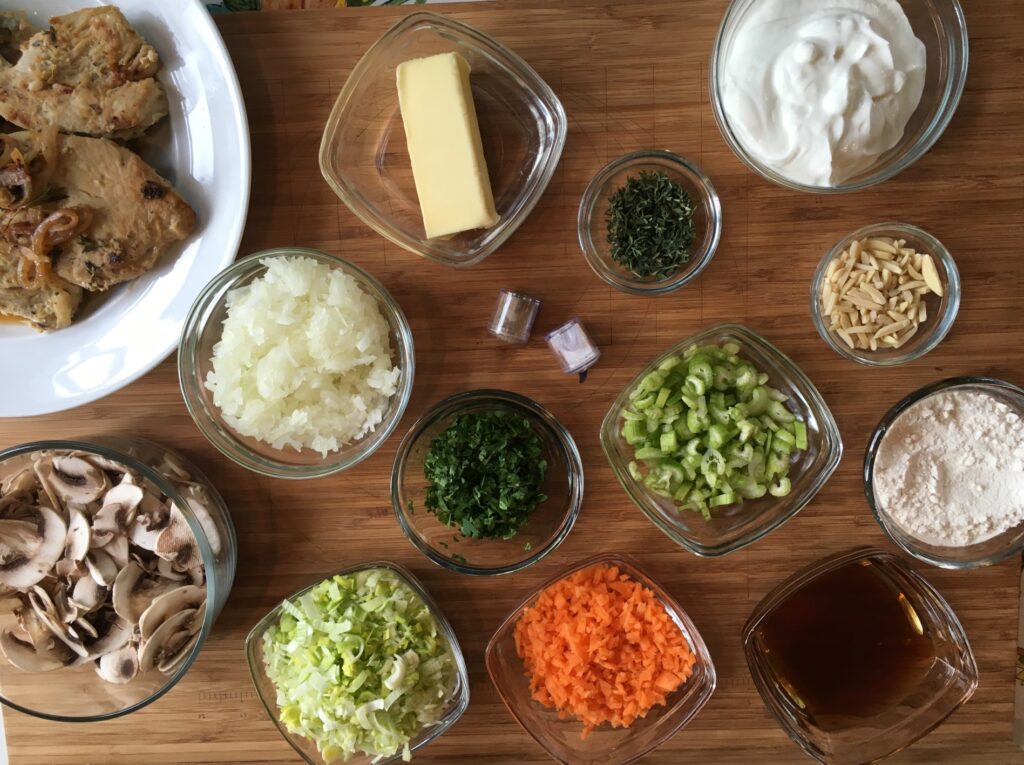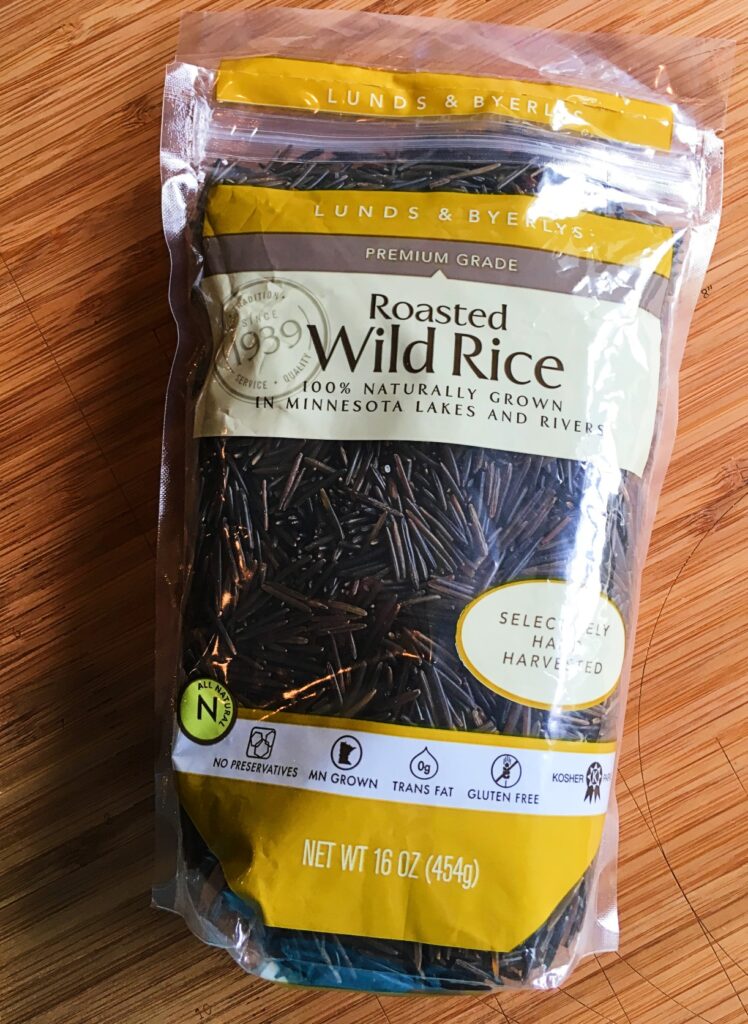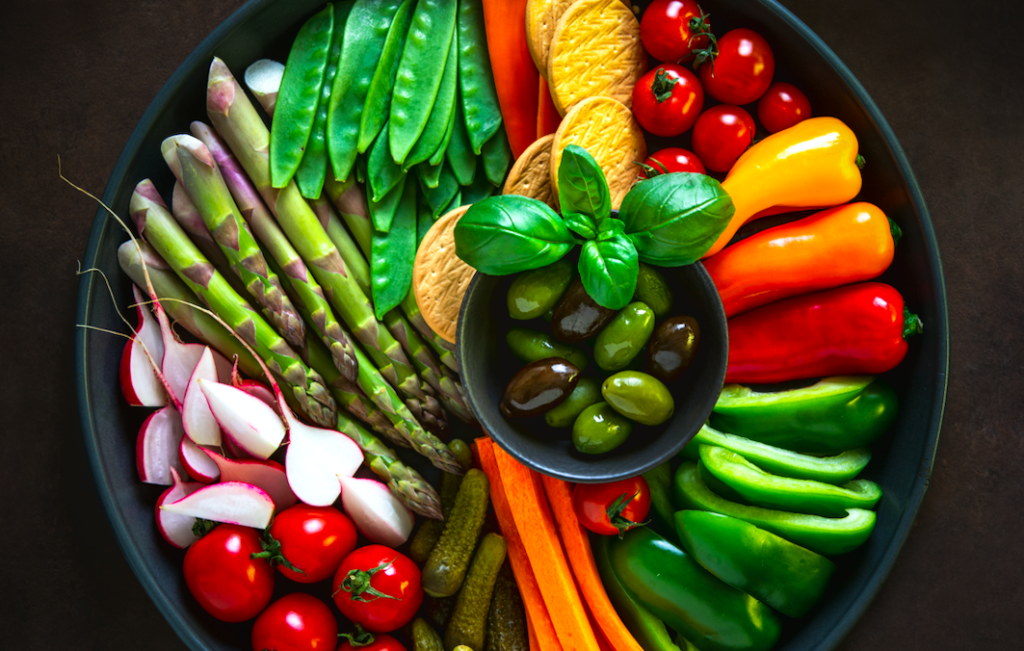Adapted from The Marshall Field’s Cookbook (Book Kitchen 2006)
There is no better way to thank a hostess than with a thoughtful gift you know she will appreciate, and it is especially touching when you share something that also brings your friendship closer together. My dear friend, Sara, a Minnesotan, gifted me a bag of her favorite roasted wild rice—it is a little harder to come by than you would image!
Sara recalled an entertaining dinner conversation we had in Southampton a few years ago. We talked at length about comfort food and concluded that there is no more reliable a cure for whatever ails you—whether you make it like grandma or update it for your own palate. Our go-to comfort foods say so much about where we grew up and how we were raised, they connect us to our roots and wrap us in familial warmth. Her favorite comfort food is a creamy wild rice soup, made with her favorite roasted wild rice.
The rice she loves is made by Lund & Byerlys where I found a recipe for a creamy soup that included ham. There are numerous bloggers from Minnesota who share their version of this popular soup and I loved reading about their childhood memories of visits to the Boundary Waters Café and Marshall Field’s. New Yorker’s have similar childhood recollections of Christmas at Macy’s Herald Square. The Marshall Field’s references led me to a creamy chicken and wild rice soup recipe which appeared in their cookbook—today I am sharing a version of that recipe. It is exactly what I envisioned when Sara so passionately described her favorite comfort food, and it is as deliciously satisfying as I imagined—truly a soul warming, comforting soup.
Sara has fond memories of this soup always being served with fresh, warm popovers and maple butter! What a perfect accompaniment.
Next on my bucket list is to plan a visit to the beautiful Boundary Waters Canoe Area Wilderness, the magical place that inspired this soup! One of Minnesota’s most beautiful and remote areas—named among the “50 Places of a Lifetime” by National Geographic Traveler.
Notes: Be sure to rinse your wild rice and only cook until the kernels are al dente, not too tender. This will ensure the rice does not get mushy when added to the soup.


Yield: Serves 6








